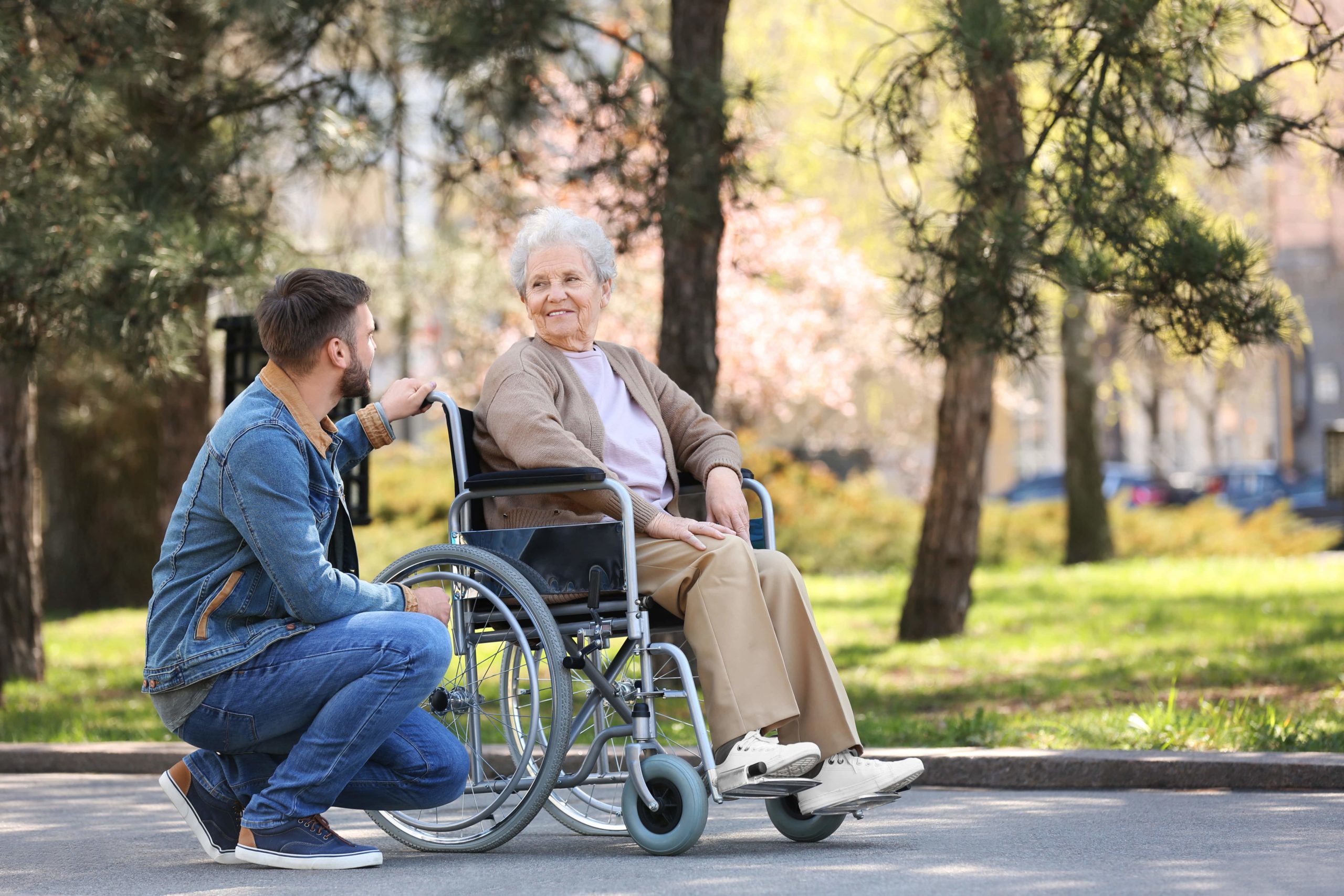Did you know that there are numerous sorts of wheelchairs, each with its unique features? If a wheelchair for elderly loved ones needs, familiarity with the multiple options will allow you to select one that best suits their mobility needs and health concerns.
You may be shocked to discover that manual wheelchairs come in various sizes, weights, and functions if you’re in the market for one for your elderly loved one.
For instance, a person with typically decent mobility who requires a wheelchair for longer distances may opt for a simple, lightweight wheelchair.
Types of Best wheelchair for elderly
Following are some types of the best wheelchair for elderly.
- Ultra lightweight and lightweight wheelchairs
Typically, manual wheelchairs weigh between 25 and 40 pounds. They are suitable for travel and easier to lift into and out of the car for errands.
Typically, these lightweight chairs are made from titanium, carbon steel, or aluminum. The rear wheels are significantly larger than the front wheels.
These wheelchairs permit the user to propel themselves. Or caregivers can utilize the chair’s grasped handles to help their senior into the seat.
- Standard wheelchairs
Standard wheelchairs, like lightweight manual wheelchairs, have large rear and tiny front wheels. They differ from lightweight wheelchairs in that their weight is greater.
The most common form of a wheelchair for individuals with adequate upper-body strength. These can also be pushed by carers using the handles.
- Bariatric and heavy-duty wheelchairs
A heavy-duty wheelchair is one of the best wheelchair for elderly and is designed with sturdier frames and larger seats to accommodate individuals weighing between 300 and 700 lbs.
Heavy-duty chairs may feature a reclined seat and make it easier for a caregiver to manually push an elderly individual without exerting excessive force.
- Tilt and recliner wheelchairs
A wheelchair with a tilting or reclining seat may be helpful if your senior loved one needs two or more people to move in and out of bed or onto the toilet.
These sorts of manual wheelchairs allow a caregiver to securely drop a backrest towards the ground and then carry an older person from the chair into a bed or recliner with the assistance of another person.
- Transport wheelchairs
Transport wheelchair for elderly is frequently utilized in hospitals but are also available at home.
They differ from ordinary wheelchairs in that the back and front wheels are small, with the back wheels being large and the front wheels being small. This indicates that the individual seated in a wheelchair cannot propel themselves. They must be pushed by someone else. Typically, transfer wheelchairs are lightweight and suitable for short excursions. On outdoor terrain, the little wheels may not perform as effectively as the bigger wheels of a regular wheelchair.
- Other types of wheelchairs
In addition, several specialized wheelchairs are available to meet various demands. For instance, pediatric wheelchairs are built exclusively for children, sports wheelchairs are for disabled athletes, and Hemi-height wheelchairs are for those who propel themselves with their feet.
Wheelchair Safety Advice for the Elderly
Whether you choose a manual or electric model, the best way to ensure your safety is to learn how to use a wheelchair properly. Follow these wheelchair safety guidelines to avoid becoming a statistic.
1-Don’t push off on furniture to move faster.
Many users in manual wheelchairs like to build pace by pushing off against furniture or doorways with their arms. However, this position could be more stable because you are shifting your body weight away from the chair’s core, which increases your likelihood of toppling.
2-Keep bags off the handles.
As convenient as they may appear, the wheelchair handles are not a secure place to store your purse, backpack, or other bags, as they may impact the wheelchair’s weight and may cause you to tip.
3-Avoid the rain in your electric wheelchair.
Electric wheelchairs are not designed to get wet; therefore, you should only use them outdoors when there is no risk of water damage.
4-Say no to small children.
If you are using a wheelchair, allowing a grandchild to sit on your lap is not safe.
5-Be aware of caster flutter.
Castors, which are the little wheels attached to the front of the wheelchair base, are crucial for movement. Castor flutter happens when the wheels are misaligned and cause the wheelchair to swerve to the side at fast speeds, perhaps causing you to lose your balance. Obtain a professional inspection if you begin to observe it.
6-Follow the (electric wheelchair) speed limit.
Even though the maximum speed of most electric wheelchairs is roughly eight miles per hour, this is typically unsafe in many scenarios. Always err on the side of caution and proceed slowly.
7-Take note of your terrain.
Most wheelchairs are not stable on steep inclines and dips, curbs, and other uneven surfaces, despite their adaptability. Be cautious before going in these conditions, and if necessary, seek assistance in locating an alternate route.
Instructions for Safe Wheelchair Transfer
Transferring a person with restricted mobility into and out of a wheelchair correctly is vital for ensuring their safety and decreasing fall risk. These wheelchair safety measures might facilitate a successful wheelchair transfer.
- As a part of wheelchair safety bring the wheelchair as close as feasible to the user’s destination.
- Lock the wheelchair’s wheels and remove the leg rests from the path of travel.
- Position yourself on their strongest side so they can assist the transfer more effectively. You may utilize a gait belt for additional stability.
- Instruct the individual to grasp the chair’s handrails and go to the seat’s edge while leaning forward and pushing upward.
- Move in front of the chair, encourage the user to stand, and, if provided, grab the gait belt. You may require further assistance if your legs are not strong enough to hold their weight.
- Upon rising, turn them in the desired direction with slight movements. Once they are positioned, aid them in sitting down carefully.







